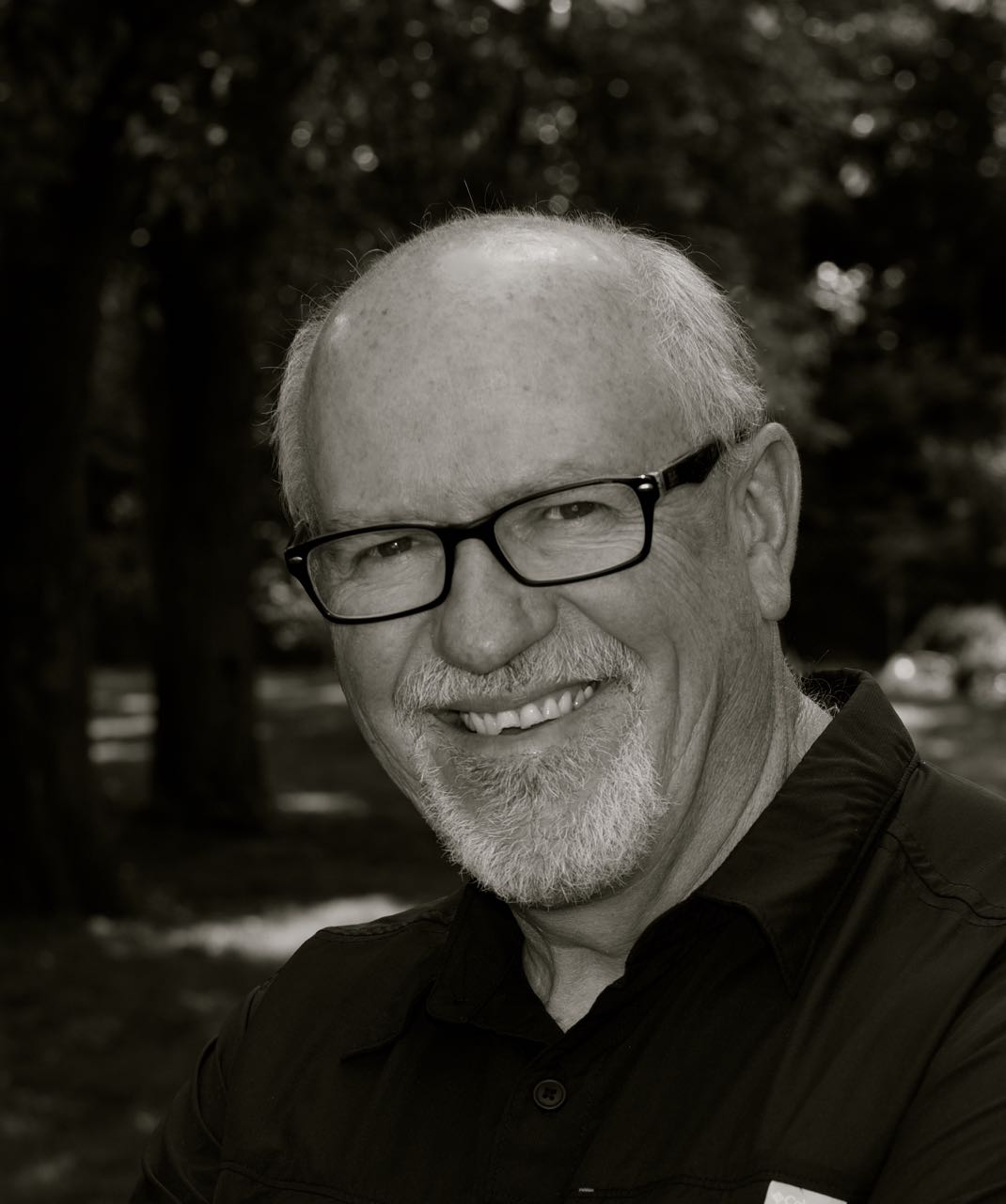For the male species, a scar is either a bragging right of assumed valor or a confession to stupidity fueled by testosterone, peer pressure, and, sometimes, alcohol.
My first scar appeared after I sliced open my big toe on broken glass. Like any ten-year-old idiot, I followed the advice of a trusted family member- Jeff Miller- and opened the wound and poured in a copious amount of salt. It still hurts.
In Rocky Mountain National Park just outside of Estes Park, Colorado, is a scar of nature that has become one of the most visited spots in the park: The Alluvial Fan. (see the photo that accompanies this blog)
I adjusted my camera to capture the soft glow of the exquisite morning light minutes before the sun rose and it occurred to me that this magnificent beauty was actually a scar. It did not exist until 1982.
High above the valley is Lawn Lake, which had an earthen dam constructed in 1903 swelling the 16 acre lake to a 48 acres. Early in the morning of July 15, 1982, the dam gave way and 220 million of gallons of water violently boiled through the valley scouring the land of trees, rocks, and even human life. Water was six feet deep in the city of Estes Park.
As I squinted one eye to peer through the camera lens, I began to contemplate the metamorphosis from devastation to beauty and the parallels of scars on our hearts. It appears to me these are the things that make ugly scars turn into things of beauty:
- Time – When the wounds are fresh, time slugs through a neck-deep swamp of muck and mire. We wonder if it will ever stop hurting. We wonder if a day will come when each movement seems to open up what little was healed. But time does heal. My Dad used to say, “Time heals all wounds, and wounds all heels.”
- The scar is always there – Some scars are visible; most are hidden. A scar becomes a part of your character- good or bad. You will never be the same again. You may forgive, but it’s almost impossible to forget. You cannot prevent some wounds, but how you treat the injury determines your future pleasure.
- New growth beautifies the scar – New growth can not only hide the scar on your heart, but also assimilate and improve the landscape of your life so that old wounds truly increase your beauty.
In the story of The Velveteen Rabbit, the stuffed rabbit asked the horse,
“What is real? Does it mean having things that buzz inside you and a stick-out handle? And the horse said: Real isn’t how you’re made. It’s a thing that happens to you. When [somebody] loves you for a long long time not just to play with, but really loves then you become real. And the rabbit asked, ‘Does it hurt?’ And the horse said, ‘Sometimes.’ ‘Does it happen all at once like being wound up, or bit by bit?’ ‘It takes a long time. That’s why it doesn’t happen to people who break easily. Generally by the time you are real, most of your hair has been loved off, your eyes drop out and you get loose in the joints. But these things don’t matter at all because you are real and you can’t be ugly, except to people who don’t understand.’”
History is full of stories of scars turned into beauty. Joseph spent 20 years in prison and then saved millions of people from starving. A prostitute adores Jesus and, 2,000 years later, we speak her name with fondness because He covered her scars with the beauty of His kind words. Anne Frank hides from the Nazis and inspires millions.
How have you turned scars into works of beauty? What things have you learned along the way to turn the pain into purpose?

